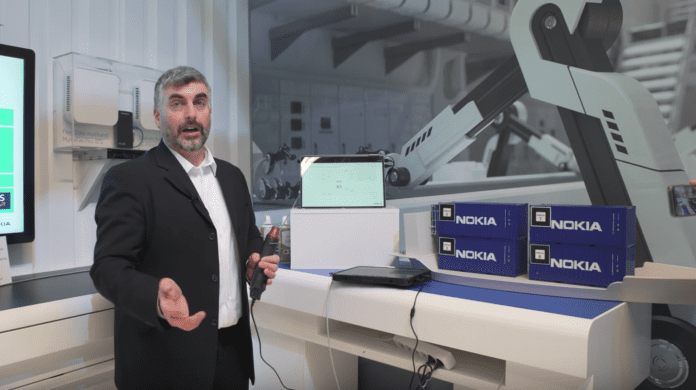MulteFire brings flexible business models for operator, venue or neutral host ownership
As MulteFire gains industry traction and moves toward initial commercialization with an eye on enabling internet of things-type applications, let’s take a look at some of the basics of the technology, as well as some of the use cases and business models associated with bringing LTE to unlicensed and shared spectrum.
MulteFire is designed to deploy LTE in fully unlicensed spectrum like the 5 GHz band, which usually supports Wi-Fi services. This is different from Licensed Assisted Access (LAA), which aggregates licensed and unlicensed spectrum, and LTE/Wi-Fi Aggregation (LWA), which is exactly what it sounds like. At a high-level, neutral host or private interests typically unable to acquire expensive licensed spectrum can still deploy LTE and take advantage of its inherent security, quality of service and mobility features.
Research analyst Daniel Intolubbe-Chmil, of Harbor Research, shared his perspective on the MulteFire value proposition during a recent session at the Wireless Infrastructure Association’s Connect X event in Charlotte, North Carolina. “We really see MulteFire enabling the gaps in enterprise operational functionality to push forward these compound and more complex applications across enterprise and industrial realms,” he said. He called out uses in manufacturing, utilities, large venues, mining, oil and gas, health care and supply chain management; applications include real-time surveillance, asset management, uptime assurance, authentication and access control, remote diagnostics, predictive maintenance, operations visibility and optimization and worker safety monitoring.
Intolubbe-Chmil said Harbor Research projects a 28.4% compound annual growth rate for MulteFire segment between 2017 and 2023 with device shipment volumes going from 170.7 million in 2017 to 765.1 million in 2023. “One of the biggest value propositions is around…neutral host business models,” he said. “Multefire, through a private LTE neutral host network, can support three ownership models,” carrier ownership, venue ownership or ownership by a neutral host provider.
Also speaking at Connect X, Boingo Wireless Vice President, Engineering Strategic Programs Kishore Raja said the MulteFire Alliance is working toward release of a 1.1 specification in June this year. The 1.1 spec addressed eMTC and NB-IoT connectivity standards, whereas the 1.0 specification focused on the 3.5 GHz and 5 GHz bands. Raja said the long-term plan is to also plan for MulteFire implementations in millimeter wave frequencies.

